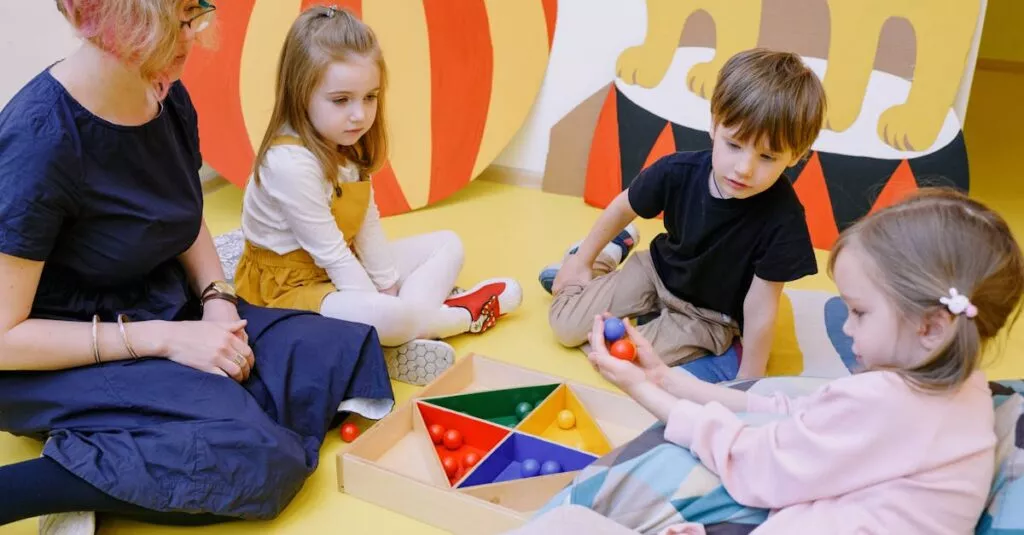The Seed of Empathy: Start Early
Ever tried explaining empathy to a bundle of energy wrapped in a preschooler’s body? If you think that’s akin to explaining quantum physics to a cat, you’re not alone. The trick? Start early, and let them lead the way. Children are natural observers, soaking in every tidbit of what they see and hear. By fostering an environment that celebrates kindness through Christ-like characters, we’re sowing the seed of empathy in fertile soil. Surround them with stories, people, and even toys that exemplify compassion and service to others.

Story Time: Jesus as a Role Model
Remember those bedtime stories we all love? Here’s where they shine. Trading in capes for kindness, stories of Jesus—like the Good Samaritan or feeding the 5000—show empathy in action. It’s storytelling with a purpose. These tales not only entertain but also educate, serving as perfect parallels to ‘What Would Jesus Do?’ By discussing the moral of the stories, children can see empathy as something Jesus values, making it easier for them to emulate.

Play Matters: Learning by Doing
Let’s talk about playtime, but with a twist. Why not incorporate ‘helping’ as a play theme? Imagine play kitchens used for making meals for the needy, or doctor kits for ‘healing’ the sick, inspired by Jesus healing those who came to Him. This isn’t just play; it’s empathy in action, fostering a heart that sees beyond oneself. It’s a beautiful mess, a chaotic classroom where the curriculum is kindness, and every toy is a teaching aid.

Playtime with Purpose:
- Encourages empathy and compassion
- Promotes a sense of community
- Instills values of kindness and giving
The Language of Love: Communicating Empathy
Communication is key, but how we talk about feelings and actions matters. Using simple, everyday moments to highlight empathy can make a big difference. For instance, when a character in a book shows kindness, point it out. Or if you see someone helping another, discuss it. These conversations, grounded in Christ’s teachings, fortify the practice of empathy. It’s about turning ‘I’ statements into ‘We’ feelings, transforming self-centered viewpoints into shared experiences.

Real-Life Heroes: Show, Don’t Tell
Real-life examples are powerful, especially when they mirror the compassion of Christ. Whether it’s a family member, a community leader, or even the preschool teacher, children learn empathy by seeing it. Actions, in this case, indeed speak louder than words.
Engage with your child about how these real-life heroes reflect Christ-like empathy, creating relatable, tangible examples of love in action. This is showing, not just telling, what it means to care for others.

Cheers to Small Wins: Celebrating Acts of Kindness
Spotting acts of kindness and celebrating them gives children a clear signal of what’s valued. Whether it’s sharing toys or comforting a friend, each small win is a step towards empathy. Make a big deal about these moments. This not only encourages repeat behavior but also cements the notion that empathy is rewarding. It’s like giving applause to the heart, and boy, does it resonate with kids. They learn that empathy, grounded in Christ’s love, is not just appreciated but celebrated.

